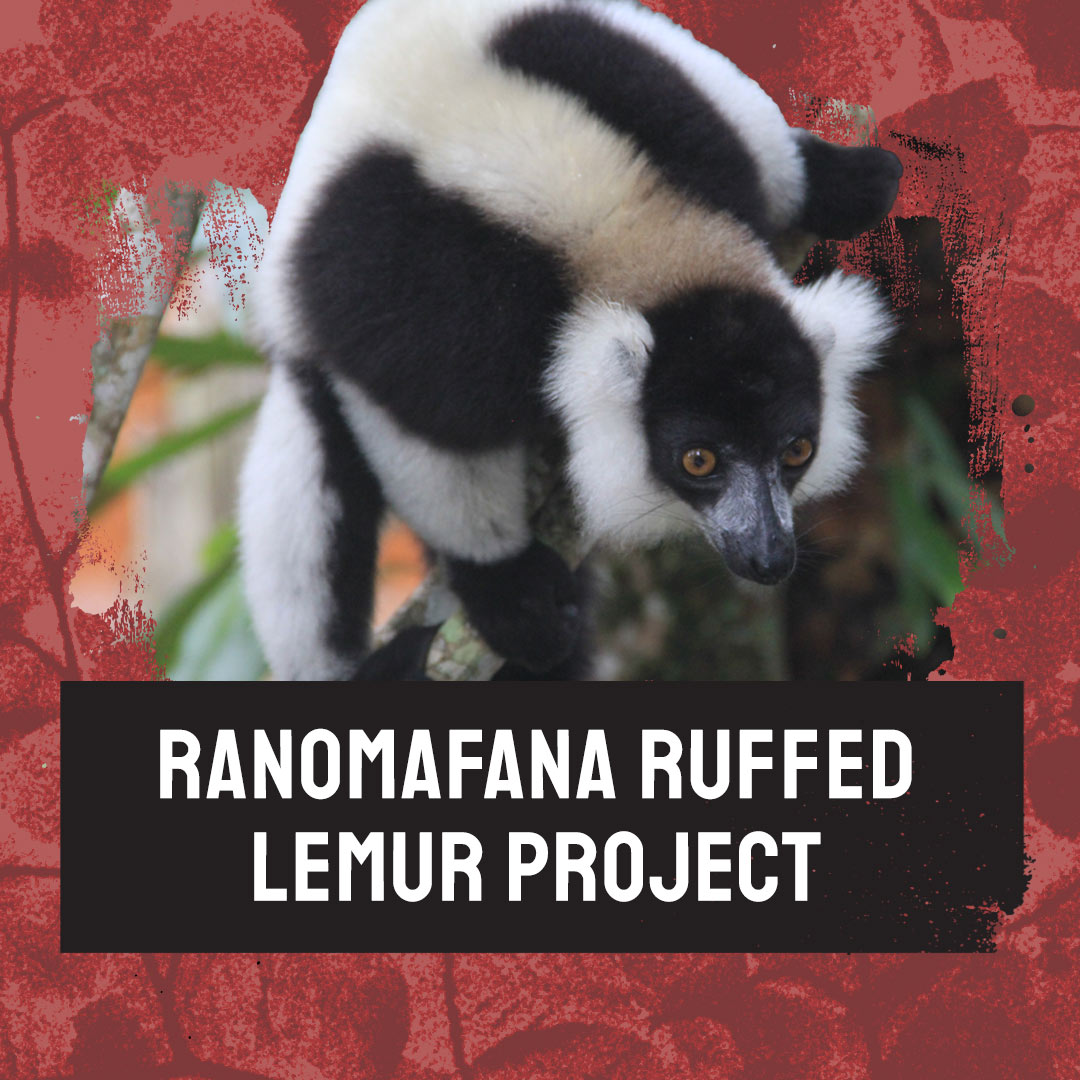Partners in Conservation
Learn about the Zoo’s financial commitment to holistic conservation efforts in Central Africa.


The Ranomafana Ruffed Lemur Project (RRLP) focuses on protecting the Critically Endangered black-and-white ruffed lemur, specifically in Ranomafana National Park in southeast Madagascar. This park, with its mature tropical rainforests, has the highest concentration of ruffed lemurs in Madagascar. The Columbus Zoo and Aquarium is a major supporter of these conservation efforts, emphasizing their commitment to wildlife preservation.
Ruffed lemurs, like many lemur species, are Critically Endangered, and their unpredictable reproductive nature poses a challenge. The factors triggering reproduction in these lemurs, likely linked to nutrition and influenced by anthropogenic factors like habitat modification and climate change, remain elusive. Identifying these reproductive keys is crucial for developing effective conservation strategies to help steer the species away from extinction.
Did You Know: Established by Dr. Andrea Baden from Hunter College / CUNY Graduate Center in 2005, this is the longest-term ruffed lemur study in existence! The Columbus Zoo's Vice President of Animal Health, Dr. Randy Junge, joined the endeavor in 2017.
Biodiversity Hotspot: The black-and-white ruffed lemurs are native to Madagascar, an island known for its incredible biodiversity and unique ecosystems. Preserving their native range contributes to maintaining the overall biodiversity of this island, which is home to many other endemic species found nowhere else on Earth.
Ecosystem Stability: Black-and-white ruffed lemurs play a vital role in their native ecosystems as seed dispersers and pollinators. By preserving their habitat, we contribute to the stability and health of the broader ecosystem, ensuring the survival of interconnected plant and animal species.
Cultural and Ecotourism Value: Madagascar's wildlife, including black-and-white ruffed lemurs, holds cultural significance and attracts ecotourism. By preserving their native range, we sustain opportunities for responsible tourism, which not only supports local economies but also raises awareness about the importance of conservation on a global scale.
"The Columbus Zoo and Aquarium is making a significant impact in conservation, providing both financial support and expertise in a variety of projects, including major commitments to selected programs. Our Zoo recognizes the importance of this critical environment, this endangered species, and the value of my ongoing research program and has provided ongoing support for my work there, for which I am very thankful!" said Dr. Randy Junge. "Recognition of the importance of animals in conservation research and the economic benefit to the local human population encourage a sense of pride and commitment that is a major factor in protecting endangered species. The local community remains stable and secure in a large part due to this continued project."
Long term evaluation will be the key for this team to identify differences between reproduction and non-reproduction years.
Join us by donating to the Columbus Zoo's Conservation Fund!